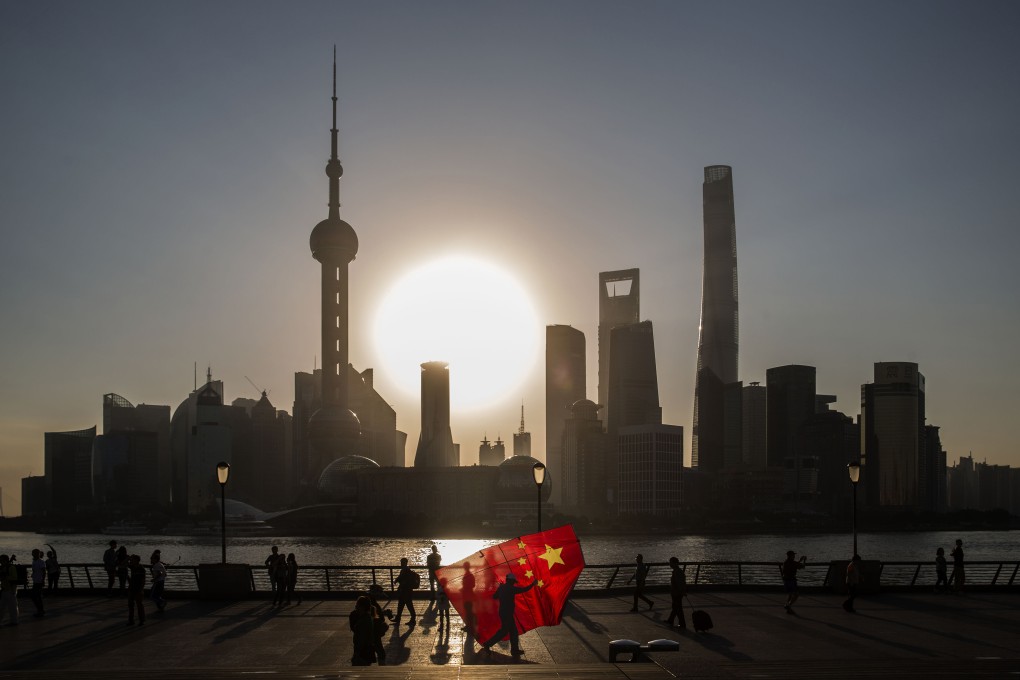Chinese banks ahead of US peers when it comes to climate risks analysis, but must do more, MSCI study finds
- Just two of the 25 Chinese banks among the banking constituents of the MSCI ACWI global equity index have published analysis on the importance of climate risks to their operations
- Chinese banks are ahead of US lenders, but lag behind banks in the EU, Japan and Malaysia, MSCI data shows

Just two, or 8 per cent, of the 25 Chinese banks among the banking constituents of the MSCI ACWI global equity index had published analysis on the importance of climate risks to their operations as of October 30 last year, Cody Dong, a financial sector senior associate at MSCI ESG & Climate Research, said on Tuesday.
The Chinese banks were ahead of their counterparts in the United States, where just one in 18 banks, or 6 per cent, had analysed the importance of climate risks to their operations. But they were behind the 31 per cent of 29 European Union banks, 33 per cent of nine Japanese lenders and 29 per cent of seven Malaysian banks that had published analysis on the importance of climate risks, MSCI data shows.
None of the Chinese banks had, however, carried out analysis of climate scenarios, to estimate the financial impact of various degrees of global warming. This was in contrast with 75 per cent of banks in Australia, 48 per cent in the EU, 39 per cent in the US and 40 per cent in Brazil.
